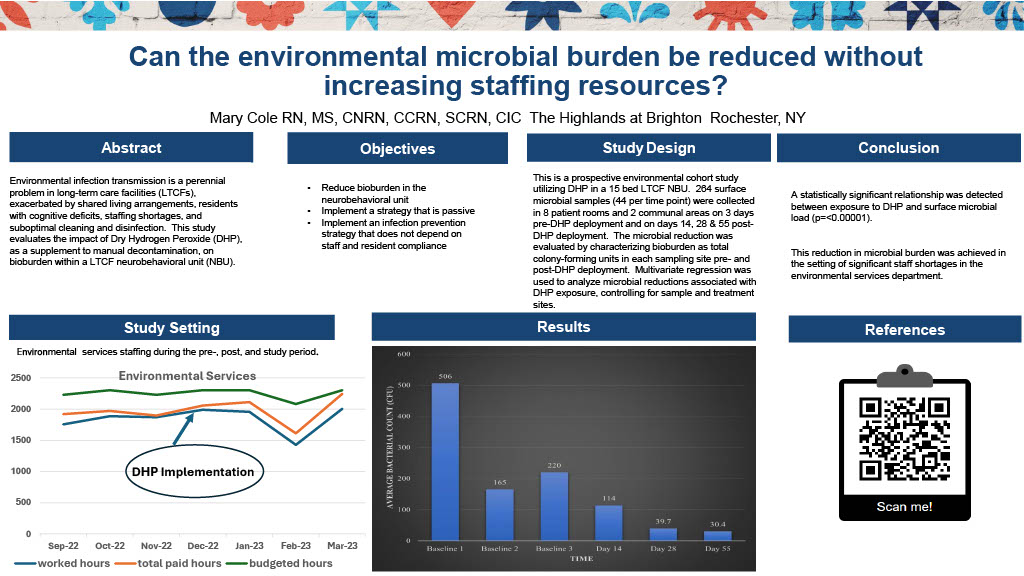As the global population ages, the demand for long-term care facilities rises. These facilities are important for providing a safe and comfortable environment for elderly individuals who require additional care. However, one critical aspect of that care that is often overlooked is indoor air quality (IAQ). It’s time we recognize the importance of improved IAQ in long-term care facilities for residents’ and staff’s health and well-being.
Health Implications of Poor Indoor Air Quality in Long-Term Care Facilities
Poor IAQ can have significant health implications, particularly for those needing long-term care. Weakened immune systems and preexisting health conditions make the air breathed even more important. Common indoor pollutants include dust, mold, volatile organic compounds (VOCs), and other airborne pathogens. Exposure to these can exacerbate respiratory conditions such as asthma and chronic obstructive pulmonary disease (COPD), trigger allergic reactions, and lead to infections. These risks are amplified for long-term care residents who may already be vulnerable.
The Role of Air Quality in Infection Control
Infection control is a top priority in long-term care facilities, especially with recent health crises like the pandemic that led to so many deaths. Airborne transmission of viruses and bacteria can significantly impact infection rates within these facilities. Effective ventilation systems and air purification technologies can reduce the concentration of airborne pathogens, lowering the outbreak risk. Implementing such measures will protect residents and help provide employees and visitors safety and peace of mind.
Enhancing Comfort and Well-Being
Beyond health, good IAQ is crucial for residents’ overall comfort and well-being. Clean, fresh air can improve mood, cognitive function, and overall quality of life. For individuals with conditions like dementia, the presence of irritants and poor air quality can lead to increased agitation and discomfort. Ensuring a clean and pleasant environment contributes to a more positive atmosphere and can enhance the therapeutic benefits of the care provided.
Strategies to Improve IAQ
Several actions can be taken to improve the indoor air quality in long-term care facilities (and any facility). Regular maintenance and cleaning, proper ventilation, reducing chemical pollutants, and moisture control are all vital. These can reduce dust and moisture buildup, which can lead to mold and other harmful pollutants in the air. However, implementing proper air purification is one of the biggest things that can be done.
Proper air purification in these facilities is vital because it can help to reduce the microbial burden without increasing staffing resources. With staffing shortages, cleaning and disinfection can be difficult. Mary Cole, RN, MS, CNRN, CCRN, SCRN, and CIC recently conducted a study utilizing Synexis’ patented Dry Hydrogen Peroxide (DHP®) in a 15-bed facility. You can see the study’s results in the PDF below and listen to her presentation at the APIC 2024 Annual Conference & Expo by clicking here.










